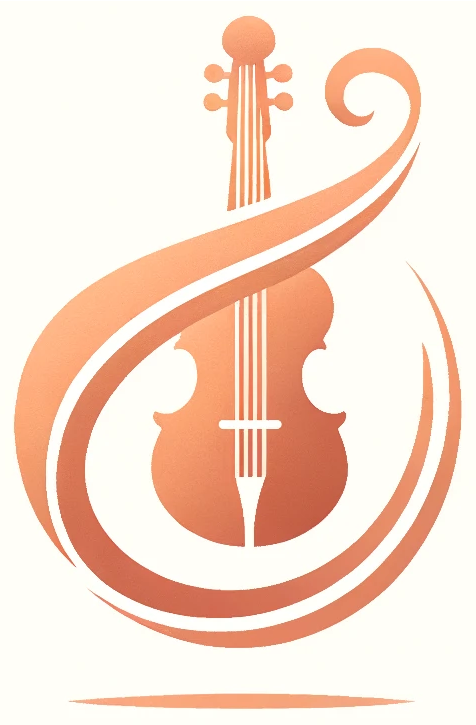Early classic to romantic violin
Changes towards the modern violin started in the late 18th century, with Paris as a center for this development. Musical development required a stronger sound, a bigger range and more freedom of movement when playing the violin. Today there are players who are using instruments specifically set up for classic or even romantic period music for authentic performances, though this is probably still less common than using a baroque violin. It is also important to keep in mind, that not all countries and not even all players adopted the new gear and techniques equally fast. Generally the following changes took place during this transitional period:
- Both neck and fingerboard are lengthened and the neck is angled back more and protrudes more over the violin top.
- The fingerboard looses the wedge shape. Veneered fingerboards, now often with ebony sides continued to be made for a long time (you might find the occasional one still in use on a modern violin), but they start to be replaced by solid ebony boards towards the end of the 19th century.
- The bridge becomes higher, there's still a wide variety of shapes, but generally the feet are made thinner and the center of gravity is lower.
- Metal wound strings become more common, especially on the deeper strings, though plain gut strings were still used by normal musicians well into the 20th century. The tuning pitch also rises. Overall string pressure rises, leading to changes in the construction of the violin and creating a more powerful sound.
- There are first experiments with chin rests, at first usually just in the form of a small ebony rim, but the shoulder rest only appears in the 20th century.
